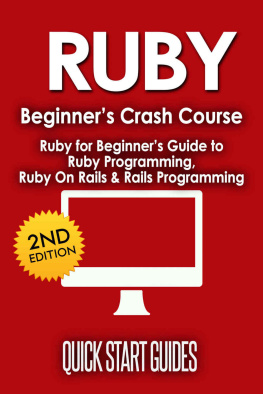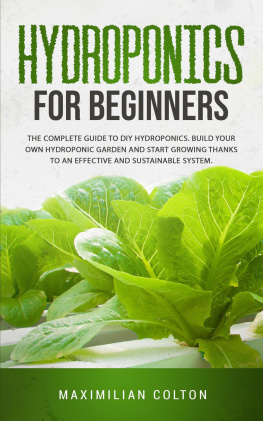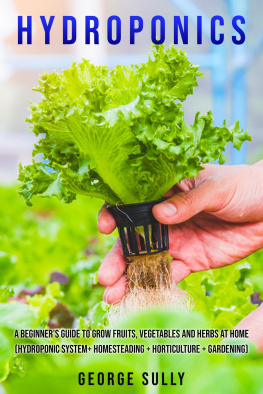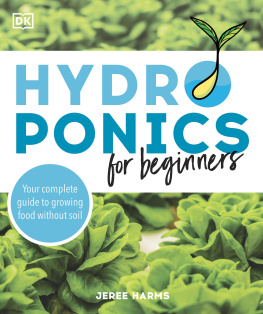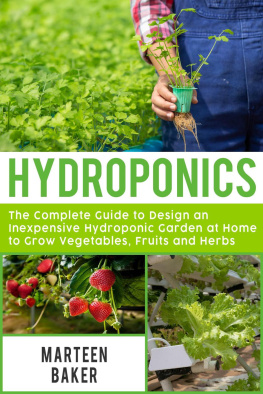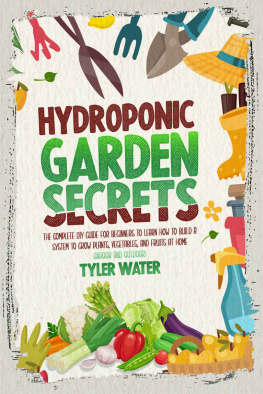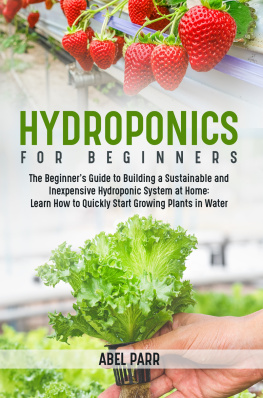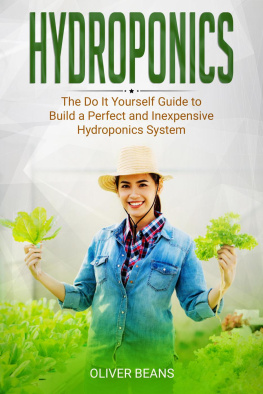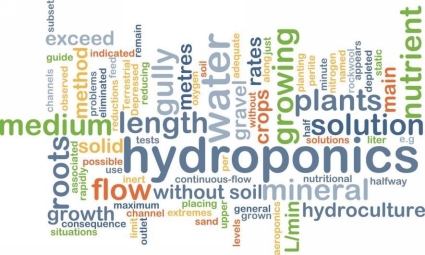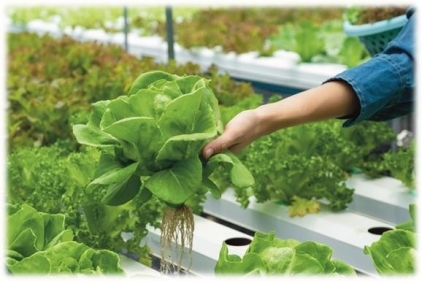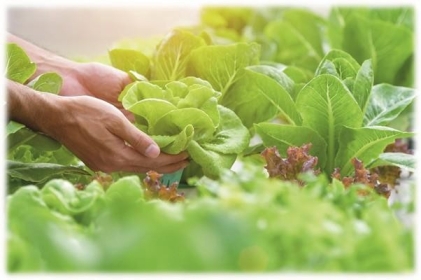HYDROPONICS: THE KRATKY METHOD
THE CHEAPEST AND EASIEST HYDROPONIC SYSTEM FOR BEGINNERS WHO WANT TO GROW
PLANTS WITHOUT SOIL
DEMETER GUIDES
CONTENTS
Copyright 2020 Demeter Guides All rights reserved.
It is not legal to reproduce, duplicate, or transmit any part of this document in either electronic means or in printed format. Recording of this publication is strictly prohibited and any storage of this document is not allowed unless with written permission from the publisher except for the use of brief quotations in a book review.
INTRODUCTION
H ydroponics has been growing in popularity over the last few years due to the control it offers gardeners over their crops. Simply put, hydroponics refers to growing plants using a nutrient-rich water source rather than growing in a soil-based setup. When the level of control it offers is combined with the flexibility to set up a hydroponic garden indoors, outdoors, or in a greenhouse, it is easy to see why hydroponic gardening is catching on in a big way.
Which is what brought you here in the first place. Youve heard about hydroponics, and youre interested in getting started, but you just dont know where to start. Youve heard the term, and maybe youve heard the phrase deep water culture or wick system, but you dont know what those mean. Searching Google for more information brought back too many articles to dig into, and the whole concept of hydroponics has started to seem like more trouble than its worth.
If any of this sounds familiar to you, then dont worry, youve found just the book you need.
In Hydroponics: The Kratky Method, you will be introduced to the most effective hydroponic setup for beginners and shown how to build your own Kratky method hydroponic system.
You will first learn about the science behind hydroponics and the main approaches that gardeners use. Then youll learn why the Kratky method blows them out of the water and makes hydroponic gardening easy and effective. Youll see the many pros to using the Kratky method and which crops are best grown in a Kratky system.
Following this early section of theory comes the practical knowledge you need to make your own system. Youll be walked through all the equipment that is required to create a system, and youll see how it all fits together to build your hydroponic setup. Youll learn all about mixing the perfect nutrient solution for your plants, and what growing media is best used with the Kratky method. From there, you move on to monitoring your system, keeping it safe from pests, and how to maintain the system to keep it nice and clean. All of this will be followed by a look at some of the most common mistakes that new hydroponic gardeners make so that you have the know-how to avoid making the same mistakes yourself.
By the time you finish with this book, you will know everything you need to organize a hydroponic garden using the Kratky system so that you, too, can master hydroponics and start growing amazing crops.
CHAPTER ONE: THE SCIENCE OF
HYDROPONICS
H ydroponic gardening has been seeing an unparalleled rise in popularity over the few years, and it is showing no sign of slowing down. Commercial growers and hobbyists alike are learning about these methods and starting their own hydroponic systems to grow amazing crops. In this chapter, you will be introduced to this amazing agricultural tool and the six basic types of setups so you can understand exactly why you should start growing your plants hydroponically.
What is Hydroponics?
Hydroponics is a combination of hydro and ponos, ancient Greek words that mean water and labor. This is fitting because work is exactly what the water in a hydroponic system does. This growing technique may be becoming popular these days, but evidence of its use dates as far back as the Hanging Gardens of ancient Babylon. Cultures as varied as the Aztecs in Mexico and the Egyptians in North Africa made use of hydroponic growing methods. But dont think that makes this an outdated system. NASA made hydroponic gardening a part of the space program because it would be a possible way to establish food production should humanity reach the stage of colonizing Mars. But because it is studied as an adjunct to rocket science doesnt mean it is hard.
Hydroponic gardening is a way of growing plants in water rather than in the ground or potting soil. The roots of plants are typically in soil and are fed a nutrient-rich liquid solution. Certain setups favor exposing the roots of the plants to open air as well, so that they are allowed to breathe. A plant can be placed into a growing media other than soil. This technique allows plants to be grown anywhere you like, so long as the environmental attributes match the plants needs.
Some hydroponic systems use running water, others prefer a reservoir of sitting water, and others like to introduce water as a slow drip over the growing media more akin to traditional plant watering. The core feature of a hydroponic system is that the necessary nutrients plants need to grow are delivered through the water rather than through the soil. This simple feature might not sound like much, but it is completely revolutionizing the agricultural field lately because it has a ton of practical uses and just as many hidden benefits. Lets take a look at these so you can see exactly what all the fuss is about.
The Benefits of Hydroponics
The top benefit to growing plants hydroponically is the flexibility of location that it offers. You can grow plants outside (though its not recommended), in a greenhouse, in your house, or even in a small apartment. Hydroponic gardens can be designed to be large or small, so it is able to fit whatever size you need. As long as you can provide the proper amount of light, the right temperature, and humidity, then you can grow plants out of season, or even out of climate, through this system.
If this were the only benefit that hydroponic gardens offered, they would still be quite remarkable, but the truth is that it barely even scratches the surface. Hydroponic gardens are known for producing tastier vegetables, and herbs grown hydroponically are upwards of 30% more aromatic than those grown in soil. Because hydroponic gardens are so closely observed, and the nutrient demands of the plants are provided perfectly, the yield of hydroponic harvests is known to be often larger than soil-grown plants. Better yields equal better profits, so it makes perfect sense why growers are switching over to hydroponic operations.
Hydroponic gardens have also caught the interest of growers interested in green practices and environmentalism. Because such gardens remove the reliance on soil, there is no need for the use of powerful pesticides. While hydroponics gardens arent free from pests of their own, many of the infestations that lead to pesticide use are found in the soil rather than on the plants themselves. Setting up your own hydroponic garden allows you to avoid having to use these chemicals. When commercial growers adopt these practices, it makes the quality of our living even better since we get clean air, water, and soil out of the deal.


